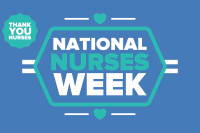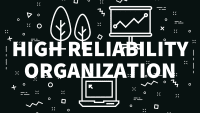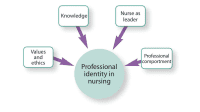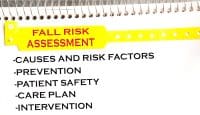National provider identifiers serve as a critical step in recognizing the vital role of nursing.


In 2021, I advocated for the use of unique nurse identifiers to aid tracking nursing licensure across a nurse’s career as they change jobs and locations, and also as a means of identifying nurses in the electronic health record to aid education and research (myamericannurse.com/special-and-unique-you-uni). If we don’t know the specific details of the work nurses do, how can we collect and use data to improve nursing practice and conduct nursing research?
In 2022, the American Nurses Association (ANA) issued a position statement calling for the national provider identifier (NPI) as the unique nurse identifier (bit.ly/3KWlgnB). The ANA statement highlights the important role nurses play as members of the healthcare team, including the significant time they spend with patients providing clinical services.
I agree with this important declaration, but nurses’ work isn’t currently measured in any meaningful, trackable way. Instead, nursing care is included in the physician’s practice expense relative value unit, which only captures nurses’ time, not the full scope of services provided.
The ANA statement goes on to say that NPIs would enable health systems, payers, and enterprise resource planning systems to differentiate nursing services from other providers, which would allow for “quantitative analysis and substantive demonstration of the nurse’s role and value.”
Bottom line: ANA recommends that all RNs and APRNs obtain an NPI, which all RNs are eligible to receive. Furthermore, all employers of nurses should assist with this effort and make the process easy.
In this month’s issue, look at the article by Ellen Fry-Bowers and Cynda Hylton Rushton, “Reimagining nursing’s social contract with the public” (page 14), in which they state, “Nurses must create a new narrative about their work and the profession.” To support creating that narrative, NPIs will provide the data that illustrate the skills, education, and work of nurses; the healthcare outcomes of that work; and the information needed to pursue research that develops nurse guidelines and evidence-based practices.
The authors further highlight the fact that although the public may view nurses as heroes, many don’t understand the full scope of nursing practice, roles, and responsibilities. Broadly used, NPIs could produce a more definitive understanding of nurses’ value and help the public better understand the importance of their interactions with the nurses who provide their care.
NPIs are a critical first step in expanding our efforts to achieve better staffing patterns, enhance public understanding of the importance of nurses to their well-being, demonstrate the therapeutic and financial value of nursing’s role, and highlight nursing’s overall importance to the healthcare organization.


Lillee Gelinas, DNP, RN, CPPS, FAAN
Editor-in-Chief
American Nurse Journal. 2023; 18(9). Doi: 10.51256/ANJ092304
Call to Action:
Apply for and obtain your NPI and support the profession’s efforts to more accurately measure and demonstrate nursing’s contributions and value to the public we serve.
Apply on line at https://nppes.cms.hhs.gov/#/


















